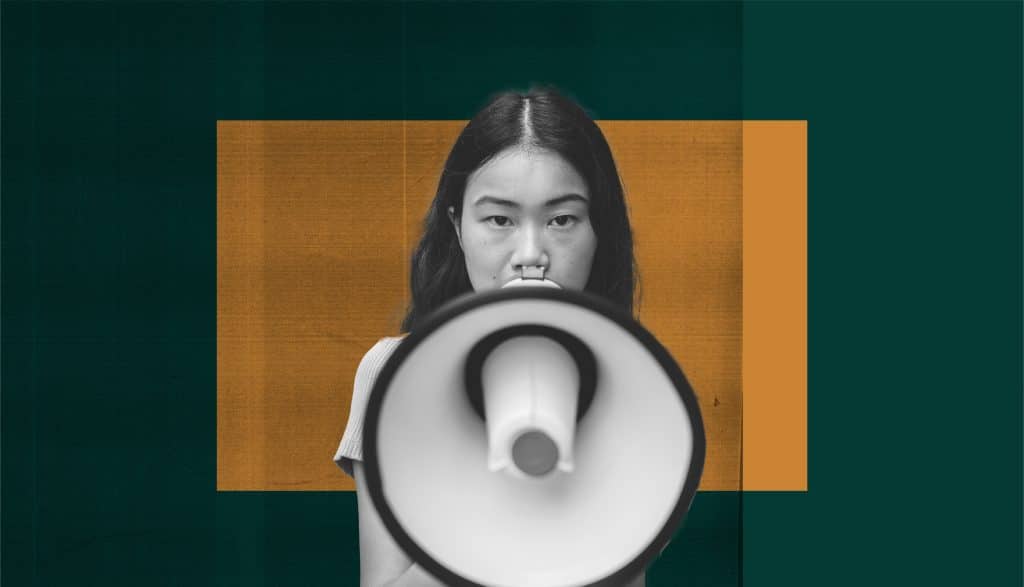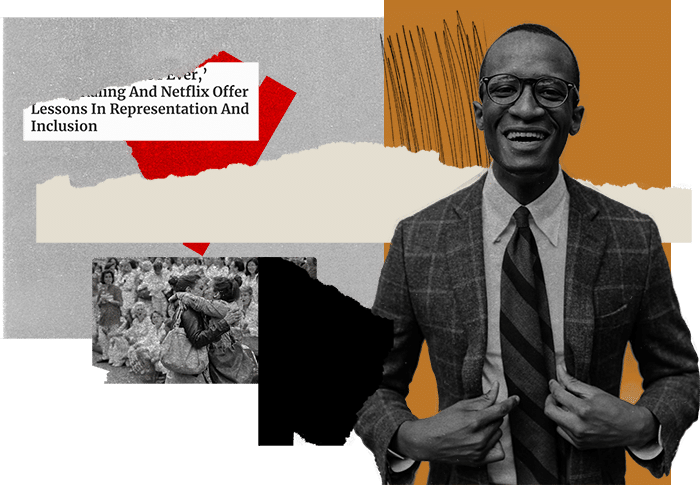To DEI or to not DEI?
That seems to be the question on a lot of brand’s minds recently.
Beyond some of the anti-DEI extremism happening in countries like the USA, there are still pockets of anti-DEI sentiment worldwide, as well as the opposite with advocacy and pro-DEI attitudes increasing alongside all of this. One thing is for sure, there is little to no apathy toward the subject, which has brought DEI to the forefront of a lot of discussions.
These discussions have led brands to consider the different routes they should take moving forward. And in our experience working and talking with brands across the globe, we’re finding each of them tend to be moving forward in one of the following three directions.
? 1. Conceding and halting all DEI work ?
As our Co-Founder, Matthew Tsang, states in a podcast episode for Canadian Salad, this is the only direction we definitely do not recommend. You can’t erase the internet – your digital footprint is forever. This means your past newsletters and campaigns etc. showing your support of DEI still exist out there. And people remember, and they’re watching you halt this work. It only proves your work before was performative and that your brand values and positioning are fragile. Not to mention how jarring it would be to your audiences to see you halt everything.
Target is a prime example of a brand that falls into this category. The brand has faced intense backlash and boycotts following its decision to scale back DEI initiatives, including eliminating hiring goals for minority employees and dissolving a racial equity executive committee. The backlash has been particularly fierce from the public, leading to a boycott, which has significantly impacted Target’s stock value, causing a mutli-billion dollar decline in market value. What’s extremely significant to note from all this is that Target’s retreat from DEI undermines its previous commitments to inclusivity, especially as it had built a reputation for supporting underrepresented communities. This is a perfect example of why we definitely do not recommend this route.
? 2. Reframing/rebranding DEI work externally but continuing the work internally ??
Although not the most ideal, this is an understandable route especially for brands who face extreme external pressure to halt DEI activities. We agree that it’s not ideal to replace the words “DEI” in any capacity, but it’s worth noting that this reframing/rebranding is likely temporary, and right now, it’s more important to ensure the work is continuing regardless of what we call it.
A majority of notable brands tend to fall into this category like Nike, Starbucks, Chipotle, Pinterest and Microsoft. For example, the latter rebranded its DEI strategy as “Inclusive Innovation,” integrating diversity metrics into broader business performance reviews rather than standalone reports. Microsoft did remove explicit diversity targets but emphasized data-driven hiring practices to ensure representation aligned with global user demographics.
Along the same lines, respected inclusion strategist and consultant, Lily Zheng, has introduced a framework to reimagine DEI work, called the FAIR Framework. It reimagines DEI work by shifting focus from performative actions to measurable, systemic outcomes. Amidst the chaos and critiques of DEI programs —including political backlash, burnout, and inconsistent results — FAIR emphasizes Fairness, Access, Inclusion, and Representation as its core pillars.
All’s to say, it’s a complicated time and situation, and if reframing, reimagining, or rebranding the work is necessary, then we’re all for it. Like we always say, it’s progress over perfection.
? 3. Resisting external pressures and continuing the work anyways both externally and internally ??
If your organization won’t suffer major consequences, this is the ideal route. You will likely lose some of your audience, but you will win some too. Many audiences – especially those from underrepresented communities and their allies – are paying attention to which brands are committed to DEI and which are not, and those that advocate the loudest will benefit the most from these groups.
A select few brands fall into this category like Costco, Ben & Jerry’s, and Patagonia. Costco publicly reinforced its inclusive hiring, fair wages, and employee retention policies, which drove a 9% revenue increase and 7 million additional shoppers in early 2025, while rivals like Target and Amazon faced market value declines and consumer backlash. Costco’s DEI stance also strengthened customer loyalty, with 68% of Americans supporting its policies, including overwhelming approval from younger generations and underrepresented communities. But beyond these brands, we were able to speak with got2b and Intreprid Travel – global brands and friends of AndHumanity – that also proudly fall into this category.
As Luis Valadez, Senior Brand Manager International at got2b states, “our brand purpose is ‘to empower individuals to be themselves and create their own styles’, our social purpose is ‘creating a space for self-expression where you can be proud, safe, and yourself’, and brand tagline is ‘for whoever you want 2B’, so overall, DEI is embedded into the brand’s DNA, as part of our core values.” Luis continues, “Although short-term, it’s a polarizing topic with high backlash potential, we strongly believe it’s the time to show our true brand colors and stand with the communities we represent.”
For Intrepid Travel, it’s a very similar mindset; “when we do this work, it’s less about whether we post a black square, and more about what work we’re actually doing and what we’re committing to do to show genuine allyship.” says Mikey Sadowski, Vice President, Communications at Intrepid Travel. His team has put together and publicly shared their updated ethical marketing guidelines which are a set of 24 public commitments focused on diversity, equity, inclusion, transparency, and rejecting neocolonialism. They aim to ensure accountability by tracking investments, partnerships, and content creation while fostering a genuine culture of DEI in marketing practices. “We wanted to build a culture of DEI in our marketing—not just performative box-checking.” It seems they’re on the right path.
✅ In the end, diversity and globalization is a fact, not an opinion ✅
And to quote our recent article on the same topic (read here), whichever route you choose, two things remain the same; one, every brand has specific needs and considerations and thus a specific strategy is required, and two, no matter what people say in the media, it will never change the fact that the world is more globalized than ever and your audience is growing more diverse by the day. Thus, hyper-personalized marketing and communications catered to the growing diversity of our society is the future. And that’s what Inclusive Marketing is all about.
Learn more about what we do and who we do it for on our services page.
Sign up for our newsletter here for more insights on marketing, advertising, communications, and how the industry intersects with inclusion.









